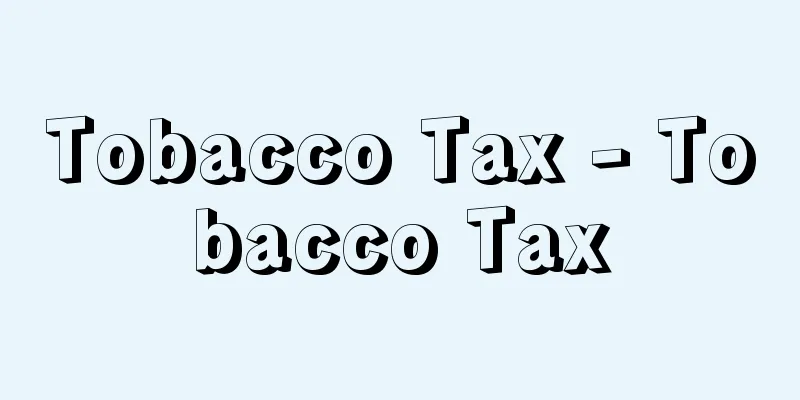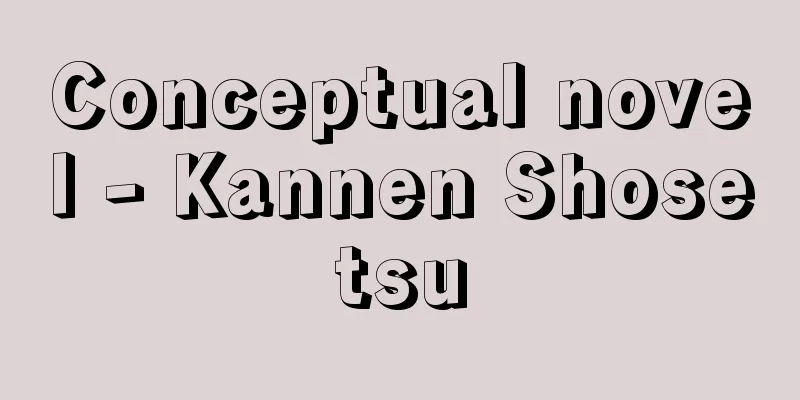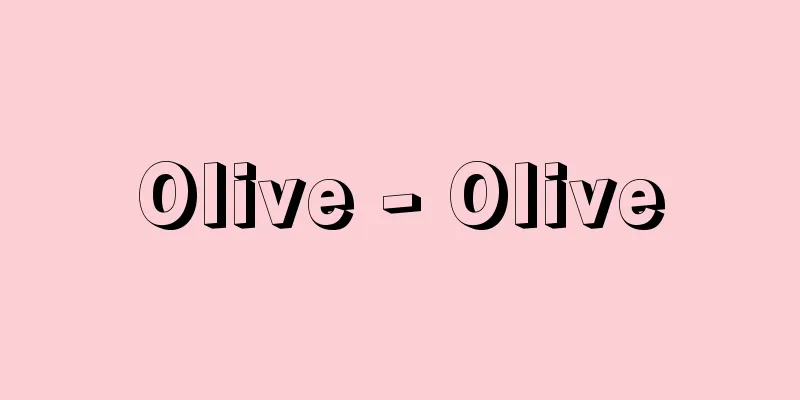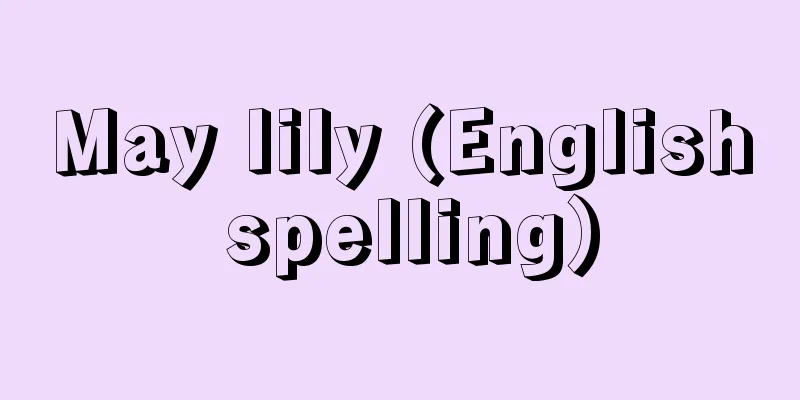Tobacco Tax - Tobacco Tax

|
The consumption tax is a tax on tobacco products that is levied to raise revenues based on the assumption that the consumption of tobacco is a tax-paying activity. Like alcohol taxes, it is a means of achieving the policy objective of suppressing demand by raising tobacco prices, based on the social judgment that excessive consumption is undesirable. The name "tobacco tax" was introduced in 1989 (Heisei 1), and from 1985 (Showa 60) to 1988 it was called the tobacco consumption tax, and prior to 1984 it was called a payment to the Japan Tobacco and Salt Public Corporation. In addition to the national tobacco tax, there are also prefectural and municipal tobacco taxes. The predecessor tobacco consumption tax also had an ad valorem tax based on the selling price of tobacco, but the ad valorem tax was abolished in the tobacco tax, and when tobacco wholesalers sell manufactured tobacco to retailers, the tax base is the number of cigarettes sold, and the tax is levied only at a specific rate per 1,000 cigarettes. The tax rates for 1,000 cigarettes of cigarettes, pipe tobacco, cigars, shredded tobacco, chewing tobacco, and sniff tobacco are 3,552 yen for the national tax, 820 yen for the special tobacco tax, 1,074 yen for the prefectural tobacco tax, and 3,298 yen for the municipal tobacco tax, for a total of 8,744 yen for 1,000 cigarettes in national and local taxes. Pipe tobacco and cigars are taxed at 1 gram per stick, while shredded tobacco, chewing tobacco, and snuff tobacco are taxed at 2 grams per stick. In addition, former Class 3 cigarettes (six brands: Echo, Wakaba, Shinsei, Golden Bat, Violet, and Uruma) are taxed at 1,686 yen in national tobacco tax, 389 yen in special tobacco tax, 511 yen in prefectural tobacco tax, and 1,564 yen in municipal tobacco tax, for a total of 4,150 yen per 1,000 cigarettes. 25% of national tobacco tax is used as a source of local allocation tax, a fiscal adjustment system. [Masatoshi Hayashi] Source: Shogakukan Encyclopedia Nipponica About Encyclopedia Nipponica Information | Legend |
|
たばこ消費という事実に担税力を想定して税収獲得のために課税される個別消費税。酒税と同じく、過度の消費は好ましくないという社会的判断に基づいて、たばこ税の分の価格上昇による需要量抑制という政策目的を達成する手段としての意義も与えられている。 たばこ税という名称になったのは1989年(平成1)からであり、1985年度(昭和60)から1988年度まではたばこ消費税、さらに1984年度以前においては日本専売公社納付金であった。 たばこ税は国税のたばこ税のほかに、道府県たばこ税および市町村たばこ税が課税される。前身のたばこ消費税においてはたばこの販売価格を課税標準とする従価割が併用されていたが、たばこ税においては従価割は廃止され、製造たばこの卸売販売業者等が製造たばこを小売販売業者に売り渡す場合において、売り渡されるたばこの本数を課税標準として、1000本につきいくらという従量割でのみ課税する税となった。税率は、紙巻きたばこ、パイプたばこ、葉巻たばこ、刻みたばこ、かみ用およびかぎ用の製造たばこ1000本当り、国が3552円、たばこ特別税820円、道府県たばこ税1074円、市町村たばこ税が3298円であり、国税と地方税で1000本当り合計8744円の課税となる。パイプたばこおよび葉巻たばこは1グラムを1本に、刻みたばこ、かみ用およびかぎ用の製造たばこは2グラムを1本に、それぞれ換算して課税される。また、旧三級品の紙巻きたばこ(エコー、わかば、しんせい、ゴールデンバット、バイオレット、ウルマの6銘柄)は、国のたばこ税1686円、たばこ特別税389円、道府県たばこ税511円、市町村たばこ税1564円で1000本当り合計4150円が課税される。 国税のたばこ税の25%は、財政調整制度である地方交付税の原資として使用される。 [林 正寿] 出典 小学館 日本大百科全書(ニッポニカ)日本大百科全書(ニッポニカ)について 情報 | 凡例 |
<<: Tobacco Boycott Movement - Tobacco Boycott Movement
Recommend
excisional biopsy
...A method of making an incision and removing pa...
Epidemic typhus
What kind of infection is it? It is an acute febr...
Technological progress rate
...The table shows the results of Minami Ryoshin&...
DeJong, D.
…Next, there is the series of Tales from Various ...
Katayama Hokkai
A Confucian scholar from the mid-Edo period. Born ...
Caenosclerogibba japonica (English spelling) Caenosclerogibba japonica
...A species endemic to Japan, it lives in nests ...
《I Am a Mathematician》(English)
…Wiener himself wrote two books on cybernetics: T...
Impu - Imp
When the study of ancient bronze vessels and char...
Enkoji Tomb
…The Abu River, which flows northwest through the...
Aripin Sagigiril - Aripin Sagigiril
…The chief was not an autocratic ruler, but rathe...
Near ultraviolet - Kinshigaisen
Of light (electromagnetic waves with wavelengths ...
Kitakyushu
The northern region of Kyushu. Generally refers to...
Callipus cycle
A cycle of 27,759 days. This cycle was invented by...
Devis, A.
…It became popular in many countries in the 18th ...
Sirmin
A casting aluminum alloy containing silicon. Alpha...









